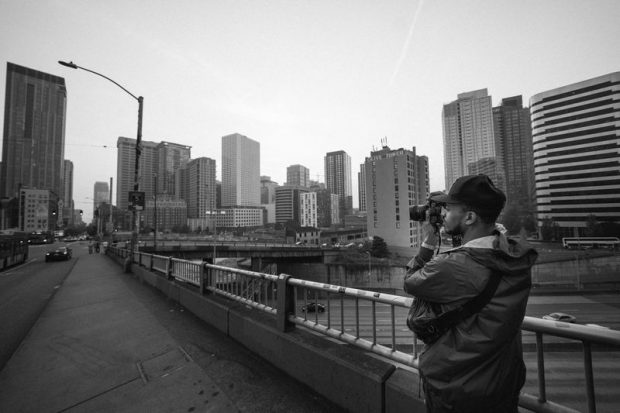How Framing Streets can Save You Time, Stress, and Money.
How Framing Streets can Save You Time, Stress, and Money.
Blog Article
Getting My Framing Streets To Work
Table of Contents3 Easy Facts About Framing Streets ExplainedGetting My Framing Streets To WorkAbout Framing StreetsNot known Facts About Framing StreetsNot known Details About Framing Streets Excitement About Framing Streets
Digital photography genre "Crufts Pet dog Program 1968" by Tony Ray-Jones Road digital photography (additionally occasionally called honest digital photography) is photography conducted for art or questions that includes unmediated opportunity experiences and arbitrary cases within public areas, typically with the aim of capturing photos at a definitive or poignant moment by cautious framing and timing. 
His boots and legs were well defined, yet he is without body or head, due to the fact that these were in motion." Charles Ngre, waterseller Charles Ngre. https://codepen.io/framingstreets1/pen/NWJrZWo was the initial digital photographer to acquire the technical sophistication needed to sign up people in motion on the road in Paris in 1851. Photographer John Thomson, a Scotsman collaborating with journalist and social lobbyist Adolphe Smith, released Street Life in London in twelve regular monthly installations beginning in February 1877
The 6-Second Trick For Framing Streets
Eugene Atget is regarded as a progenitor, not due to the fact that he was the very first of his kind, however as an outcome of the popularisation in the late 1920s of his record of Parisian roads by Berenice Abbott, that was influenced to take on a similar documentation of New York City. [] As the city created, Atget aided to promote Parisian roads as a worthy subject for photography.

The Facts About Framing Streets Revealed
Martin is the first tape-recorded digital photographer to do so in London with a disguised video camera. Mass-Observation was a social research organisation established in 1937 which intended to tape-record daily life in Britain and to tape the reactions of the 'man-in-the-street' to King Edward VIII's abdication in 1936 to wed divorce Wallis Simpson, and the sequence of George VI. The chief Mass-Observationists were anthropologist Tom Harrisson in Bolton and poet Charles Madge in London, and their very first record was generated as the publication "May the Twelfth: Mass-Observation Day-Surveys 1937 by over 2 hundred viewers" [] Window cleaner at Kottbusser Tor, Berlin, by Elsa Thiemann c. 1946 The post-war French Humanist School professional photographers discovered their topics on the street or in the restaurant. In between 1946 and 1957 Le Groupe des XV each year exhibited work of this kind. Andre Kertesz. Circus, Budapest, 19 May 1920 Road digital photography developed the major material of two exhibits at the Museum of Modern Art (Mo, MA) in New york city curated by Edward Steichen, Five French Photographers: Brassai; Cartier-Bresson, Doisneau, Ronis, Izis in 1951 to 1952, and Post-war European Photography in 1953, which exported the concept of street photography internationally.

Framing Streets - The Facts
The recording maker was 'a concealed camera', a 35 mm Contax hidden underneath his coat, that was 'strapped to the upper body and attached to a long cord strung down the right sleeve'. His work had little modern effect as due to Evans' sensitivities about the creativity of his job and the personal privacy of his subjects, it was not released up until 1966, in the publication Lots of Are Called, with an introduction composed by James Agee in 1940.
Helen Levitt, after that an educator of children, related to Evans in 193839. She documented the transitory chalk drawings - Sony Camera that were component of kids's road culture in New York at the time, as well as the kids that made them. In July 1939, Mo, MA's brand-new photography area consisted of Levitt's job in its inaugural eventRobert Frank's 1958 book,, was substantial; raw and frequently indistinct, Frank's photos questioned traditional digital photography of the moment, "tested all the official rules set by Henri Cartier-Bresson and Pedestrian Evans" and "flew in the face of the wholesome pictorialism and wholehearted photojournalism of American magazines like LIFE this website and Time".
Report this page